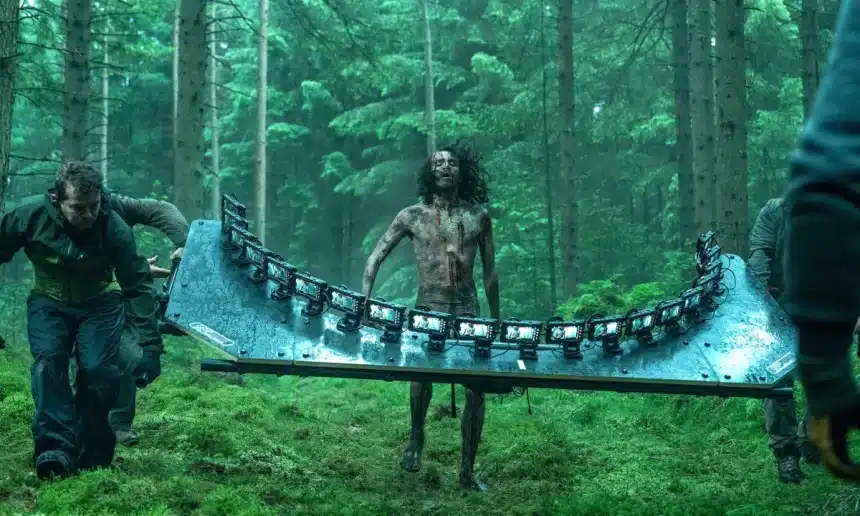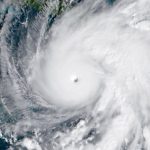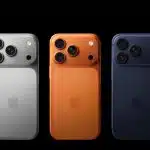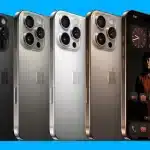Filmmaker Danny Boyle, best known for the 2002 hit 28 Days Later, has turned to Apple’s iPhone to capture key scenes in the next chapter, 28 Years Later. The production team argues that if a modern apocalypse broke out, witnesses would record the chaos on their phones, not bulky cameras.
Rigs packed with up to 20 iPhones
Boyle’s crew built custom mounts holding eight, ten, and even twenty iPhones for complex action shots. He calls the largest setup “a poor man’s bullet time,” because editors can swing 180 degrees around a subject and freeze motion for dramatic effect. The multi-lens approach also lets the team choose the perfect angle in post-production.
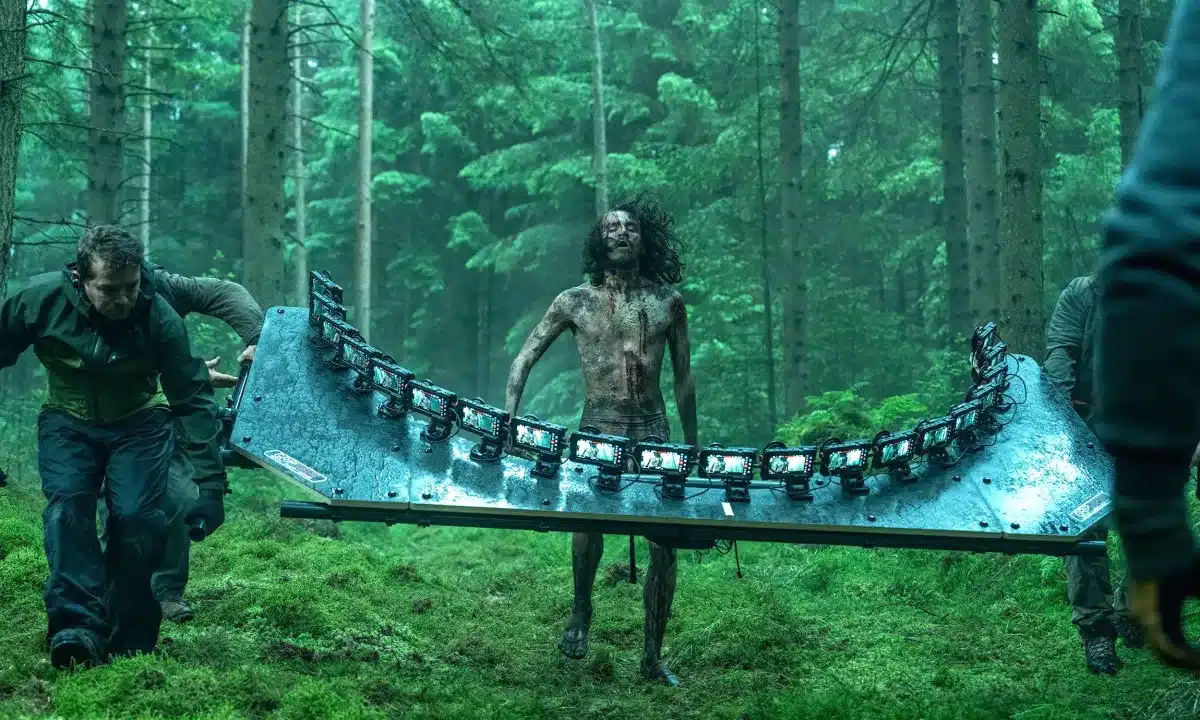
Ultra-wide frame heightens tension
Beyond the phones, Boyle selected an unusually wide 2.76:1 aspect ratio. The format forces viewers to scan every corner of the screen, unsure where infected attackers might lunge. “They could be anywhere,” he told IGN, noting that the wider image recreates the speed and unpredictability that defined the original film.
Realism meets accessibility
Smartphone footage delivers raw, handheld energy while keeping equipment costs low. Moreover, iPhones handle low-light scenes well, a crucial trait for horror’s dark corridors. By layering consumer tech over cinematic technique, the director hopes to blur the line between spectator and survivor.
Release set for June 20
Sony will bring 28 Years Later to theaters on 20 June, nearly a quarter-century after the original film redefined zombie lore. If the iPhone experiment succeeds, industry insiders expect more directors to adopt phone-based rigs for action, documentary, and even live sports. Therefore, Boyle’s gamble may shape the next wave of mobile cinema.
